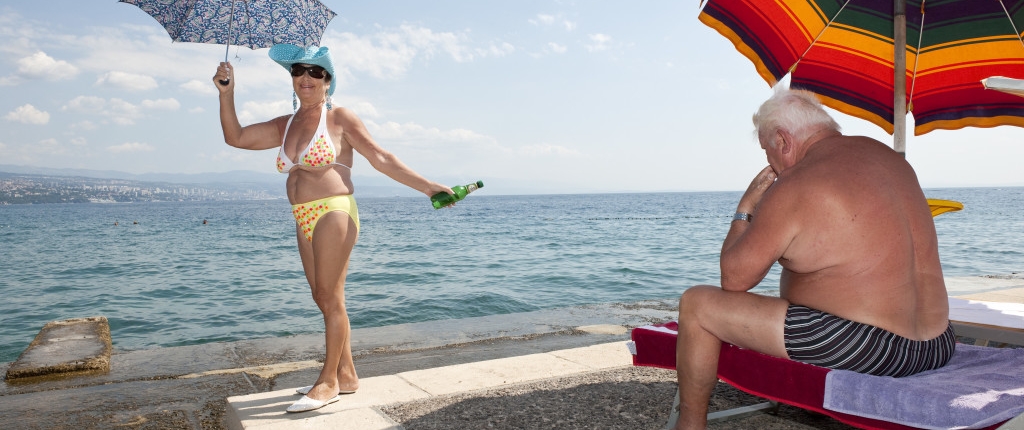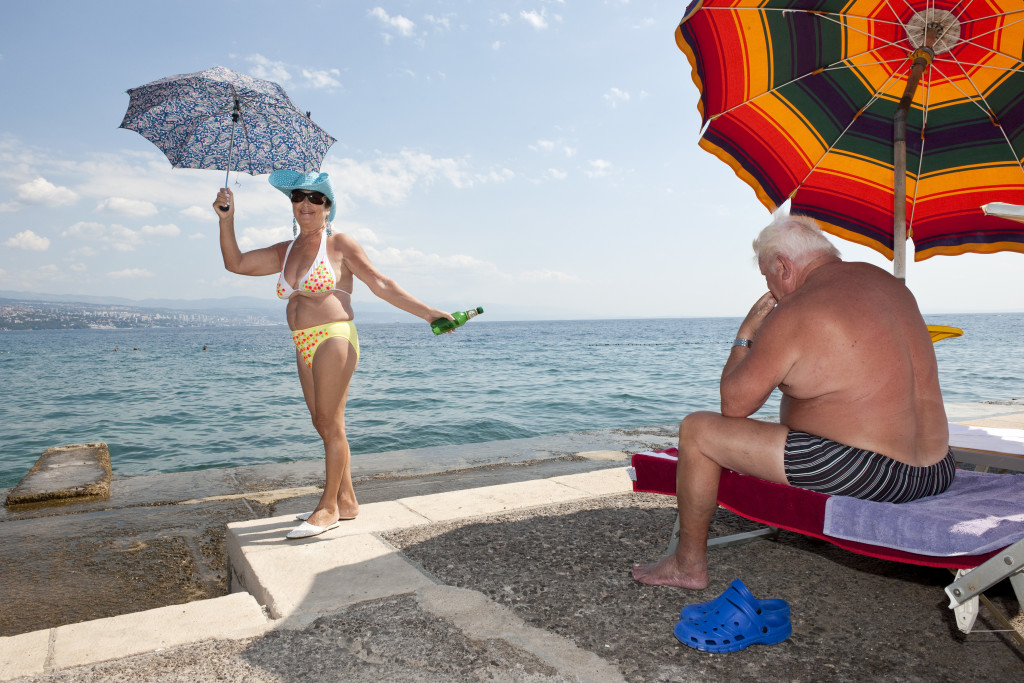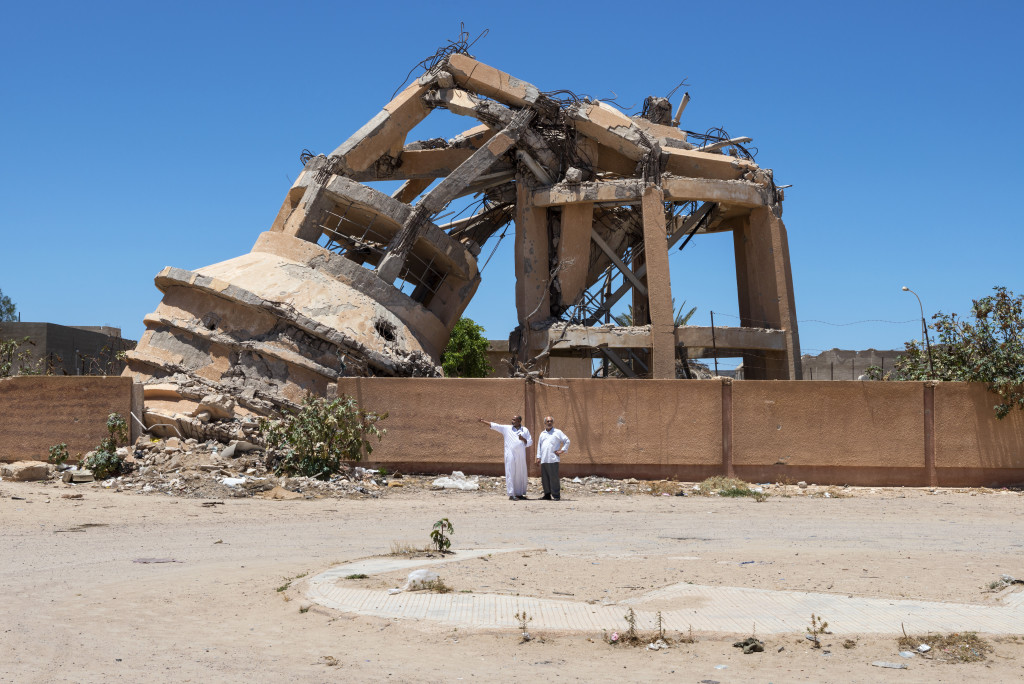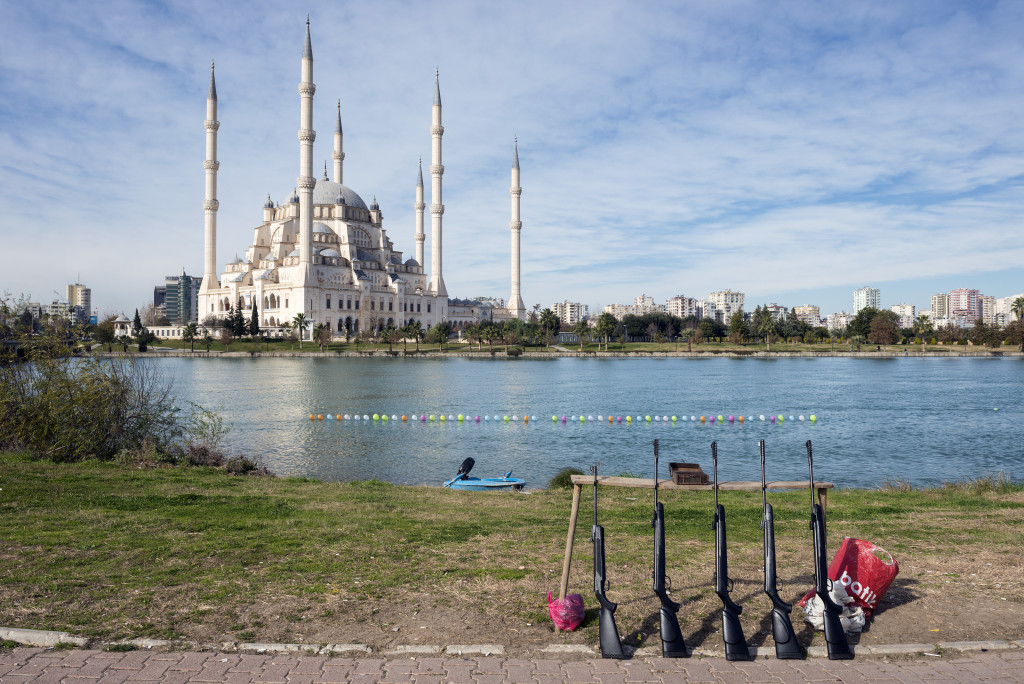MEDITERRANEAN. THE CONTINUITY OF MAN — NICK HANNES
curated by Sandro Iovine
If you look it up on a map, the Mediterranean will appear as a pool of water big enough to be spotted on a planisphere. However, for those born along its shores, it’s the idea itself of sea, carrier of a meaning only partially experienced as that pool of water is approximately 2.500.000km² large. Infinitely bigger than human gaze can grasp.
That great “civilization producing machine” (to give, thanks to Paul Valery, a little dignity to a very overrated concept) is a gigantic mosaic impossible to comprehend in its entirety, but only perceivable one tile at a time. History tells us about the Mare Nostrum with all its load of truth and rhetoric, but, in reality, “the history of the Mediterranean is an effect of its geography” as Erri de Luca writes.
A sea-cratic geography which, over the millennia, rewarded the populations of the three continents surrounded by an external ocean and gathered round that internal sea, described by Pliny the Elder. If in remote times the sea used to be a division and a challenge, the progress of technologies has allowed Braudel to refine the Homeric definition of υγρά κέλευθα (liquid streets) and affirm that “the Mediterranean is a system of maritime and terrestrial ways all connected and, therefore, a system of cities, which, from the smaller ones to the largest, they are all holding hands. Streets and more streets, a whole circulation apparatus”.
But where do these streets lead?
To beaches crawling with tourists, to land of conflicts of alleged religious origin, of journeys of hope which often end in death or confinement, far from the ancient ξενία (hospitality) of Magna Graecia. It’s the Mediterranean of men, but to try to understand it, we need to get close to the single tiles and then retreat again to comprehend the general picture.
Only this continuous eye movement, so dear to Merleau-Ponty, con lead to the narration and, maybe, to the comprehension of this world so far and yet so close.






